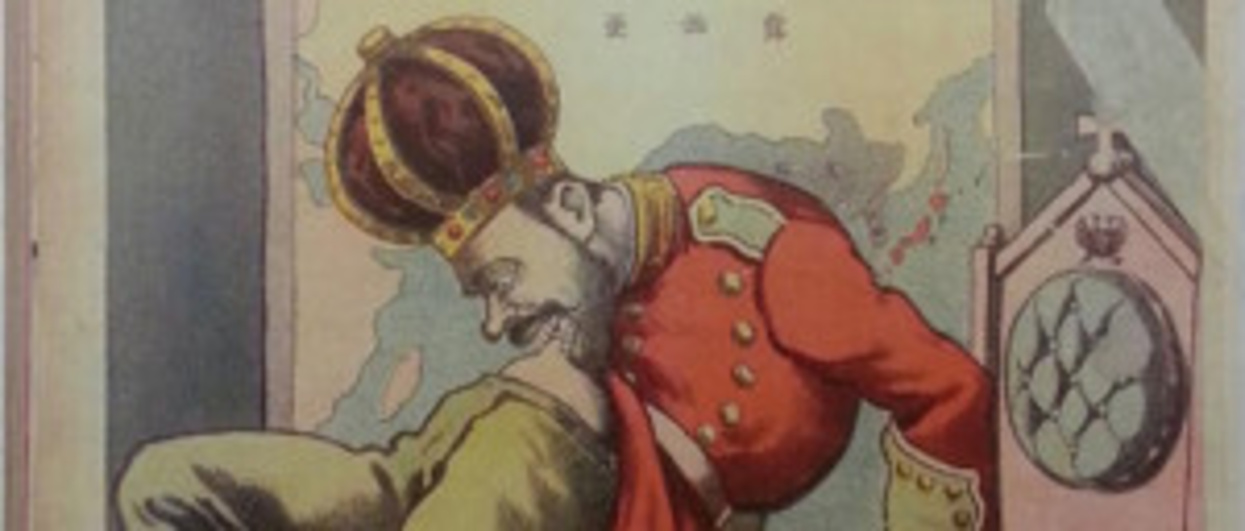The Origins of Japanese Comics, 1905-28

Between 1905 and 1928 manga emerged as a separate artistic medium in Japan in reaction to ponchie, a populist hybrid art form that flourished in the early and mid-Meiji period (1868 – 1912). The pioneers of manga, self-consciously elitist in the vein of Fukuzawa Yukichi’s (1835 – 1901) philosophy of “civilization and enlightenment” (bunmei kaika), wished to create a higher-class art form that could, and did, depict exclusively political content. This early vision of manga as consisting of only political satire did not survive the economic fortunes of World War I, and its collapse, therefore, has profound implications for the history of Japanese comics as a whole. Only by expanding the scope of manga beyond political satire was the medium able to survive and flourish in the Taishō (1912 – 1926) and Shōwa (1926 – 1989) periods.
Andrea Horbinski is a Ph.D. candidate in History and New Media whose research employs transnational history, new media, and fan studies methods and themes. Her dissertation Manga's Global Century: A History of Japanese Comics, 1905-2012 explores the history of Japanese comics as a medium, a format, and a site of fan engagement over the past one hundred years. Horbinski’s recent publications include "Record of Dying Days: The Alternate History of Ôoku" in the journal Mechademia (2015) and “Watching, Creating, and Archiving: Observations on the Quantity and Temporality of Fannish Productivity in Online Fan Fiction Archives” in Convergence: The International Journal of Research into New Media Technologies (2015).
Image: Tokyo Puck, the first manga magazine, 1905, depicting Czar Nicholas II of Russia
